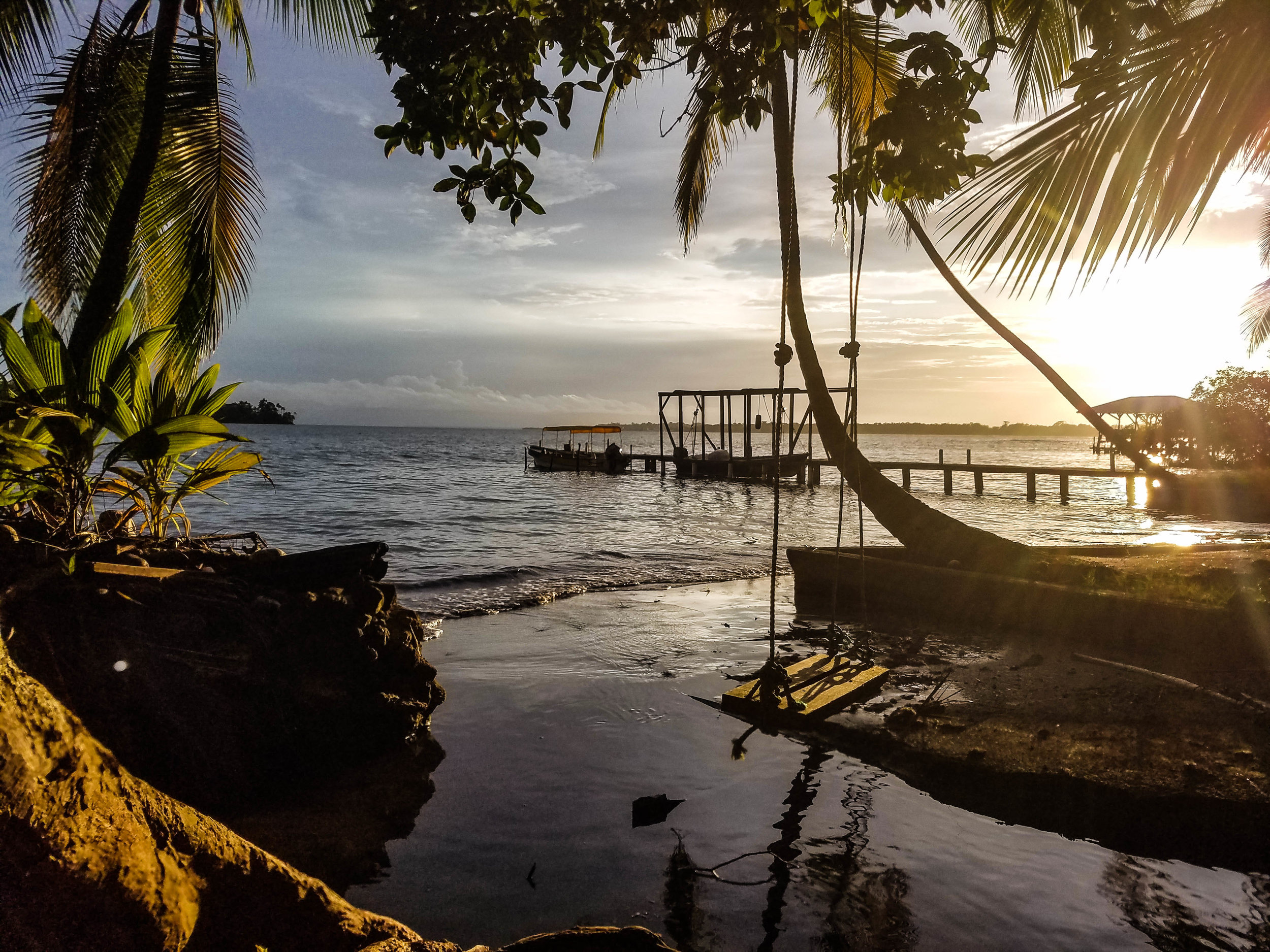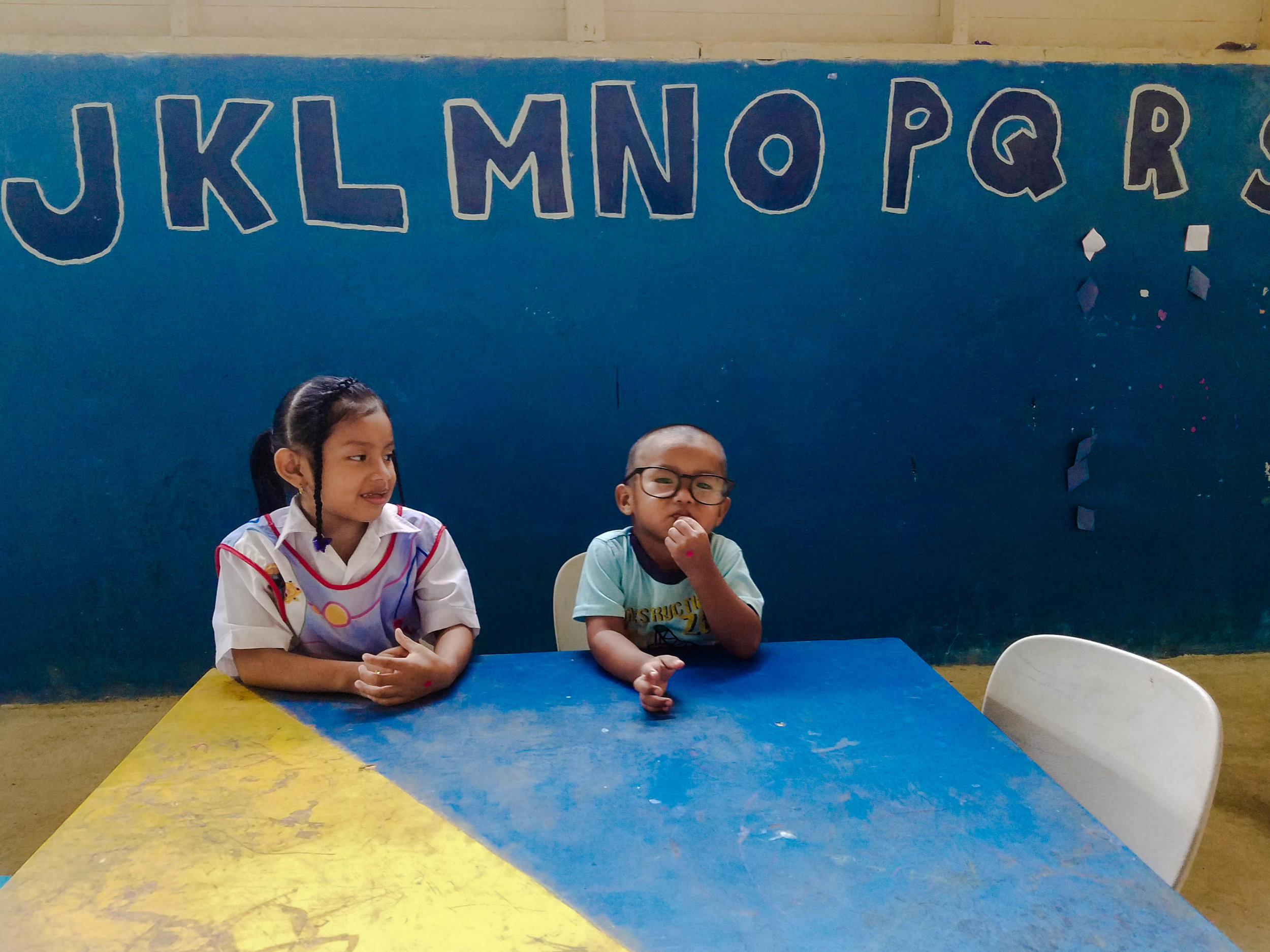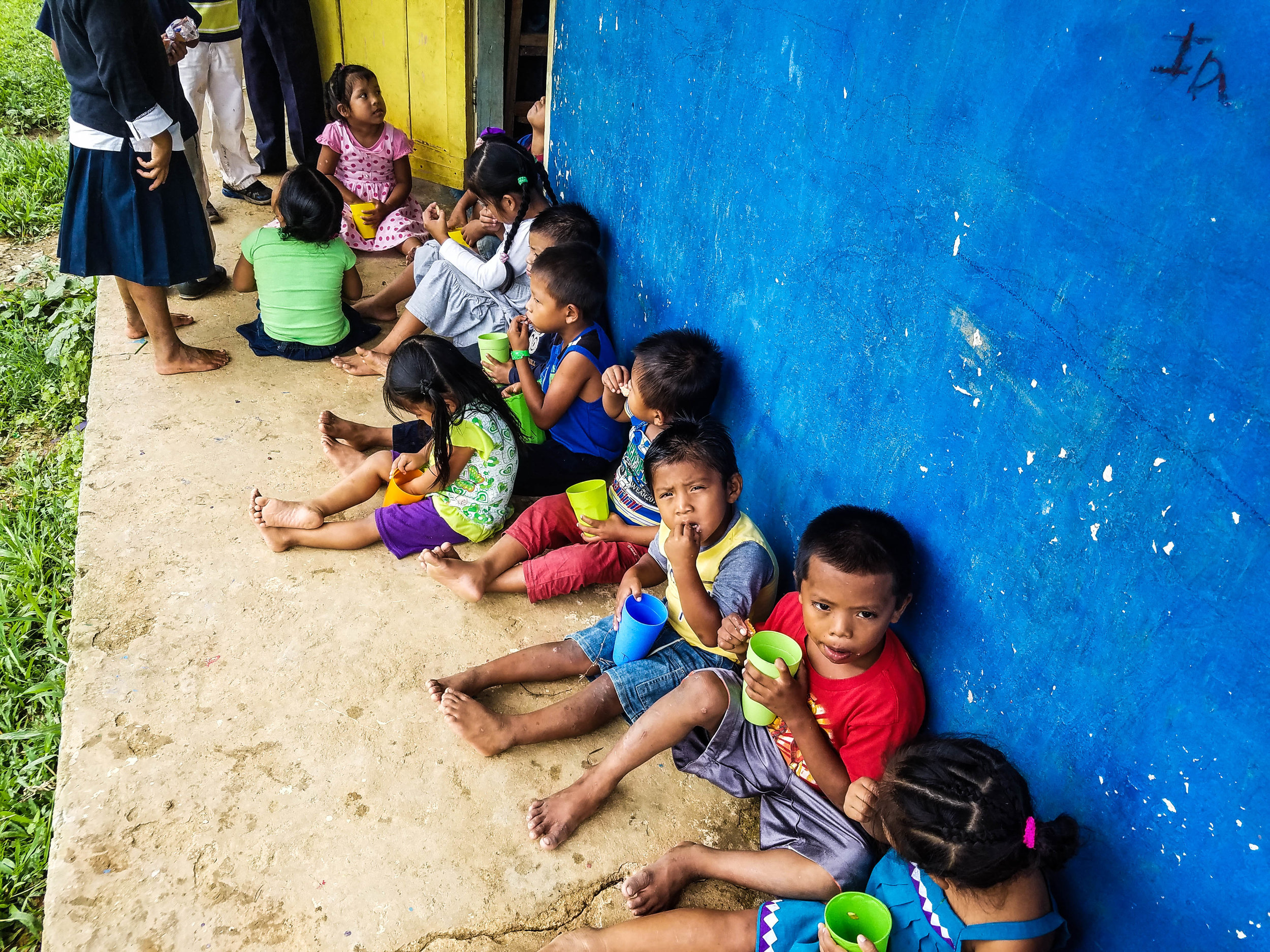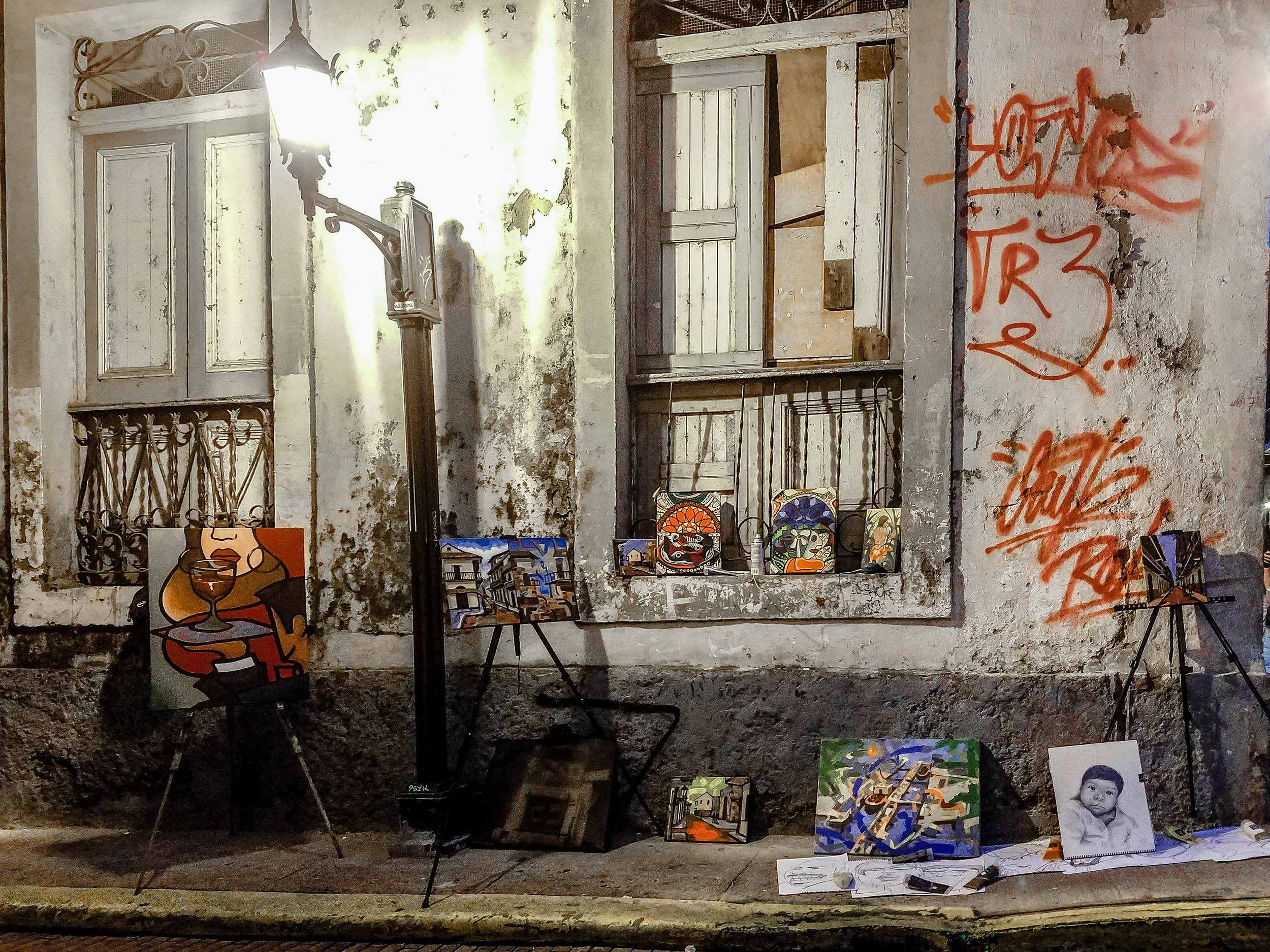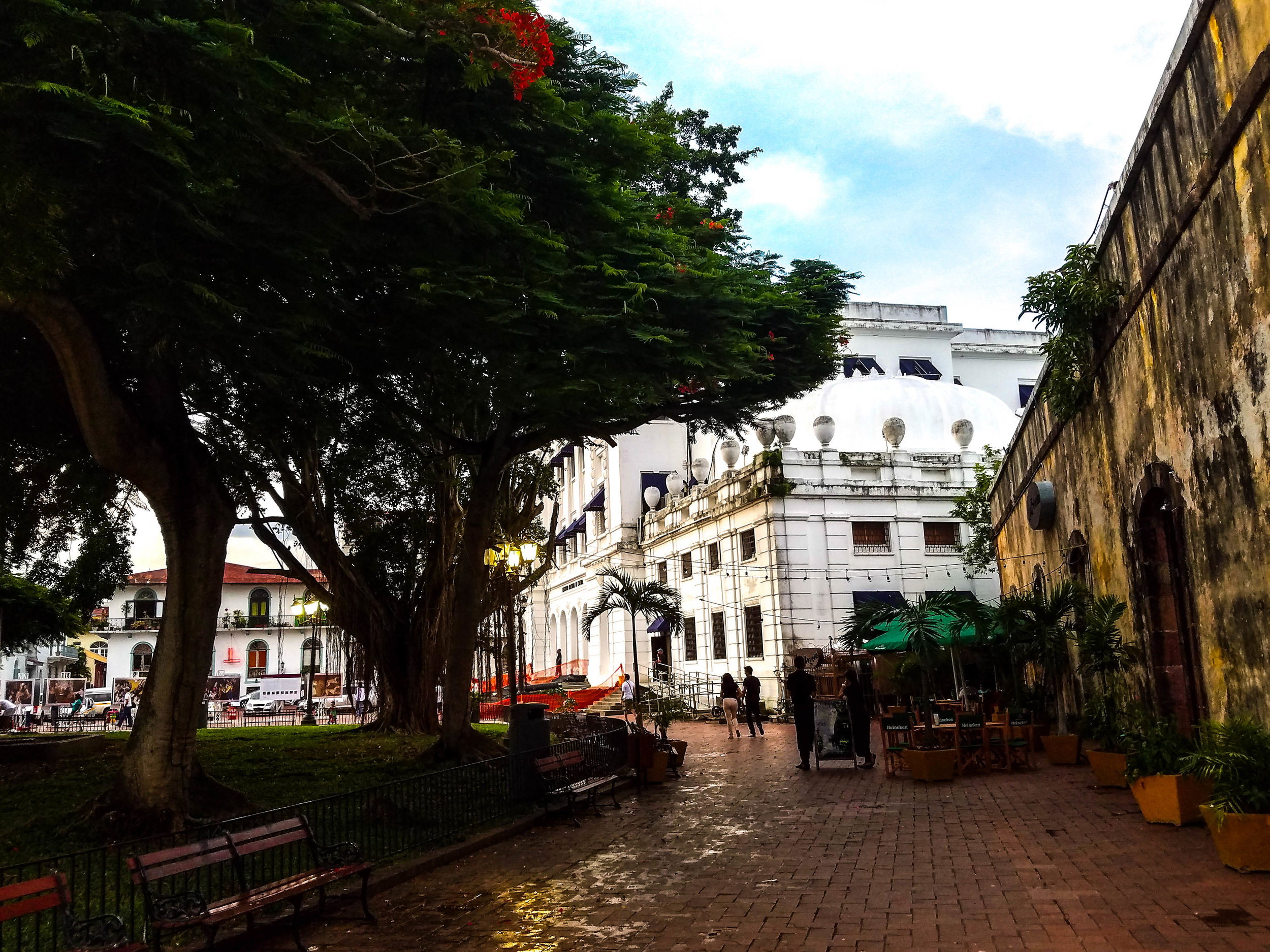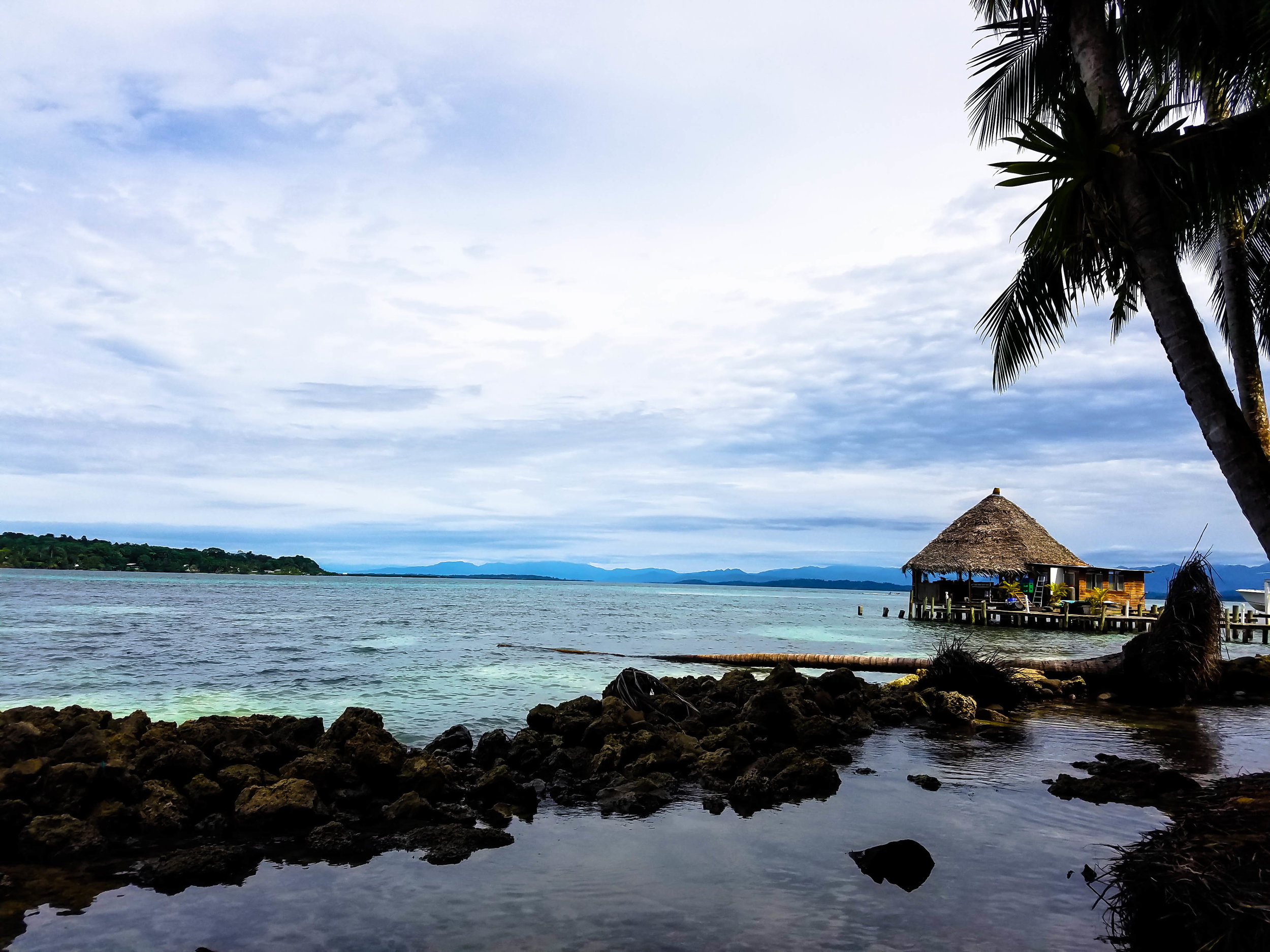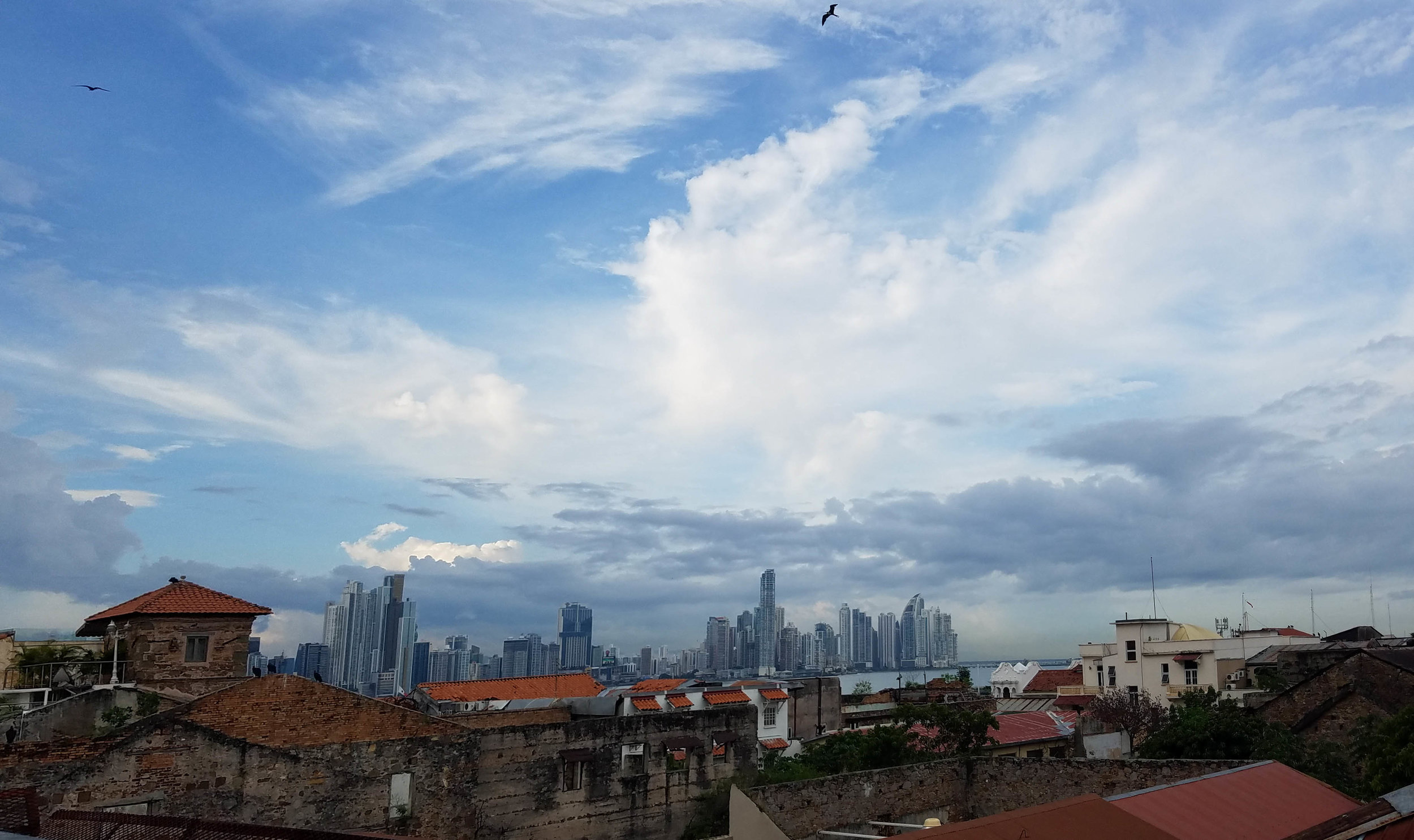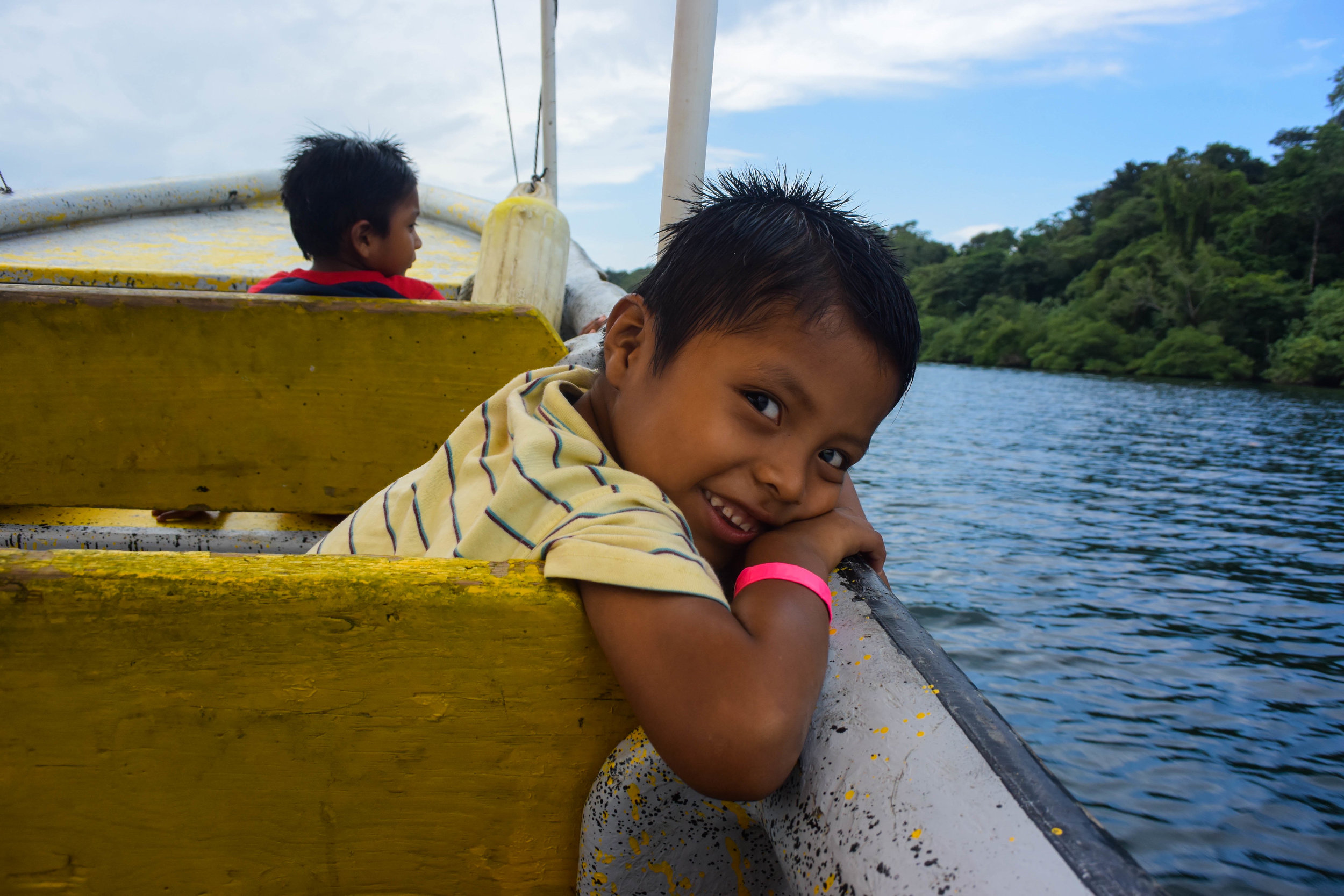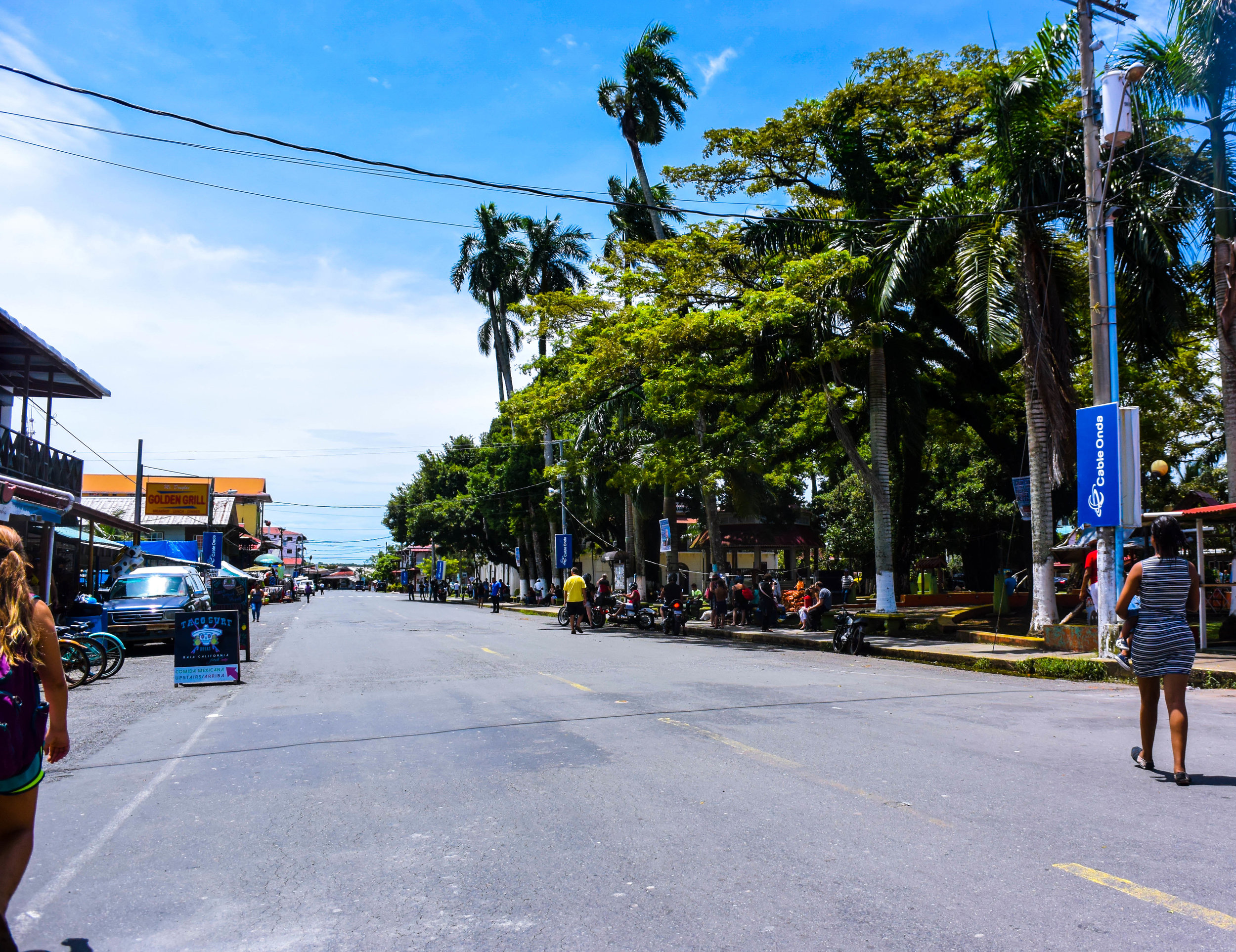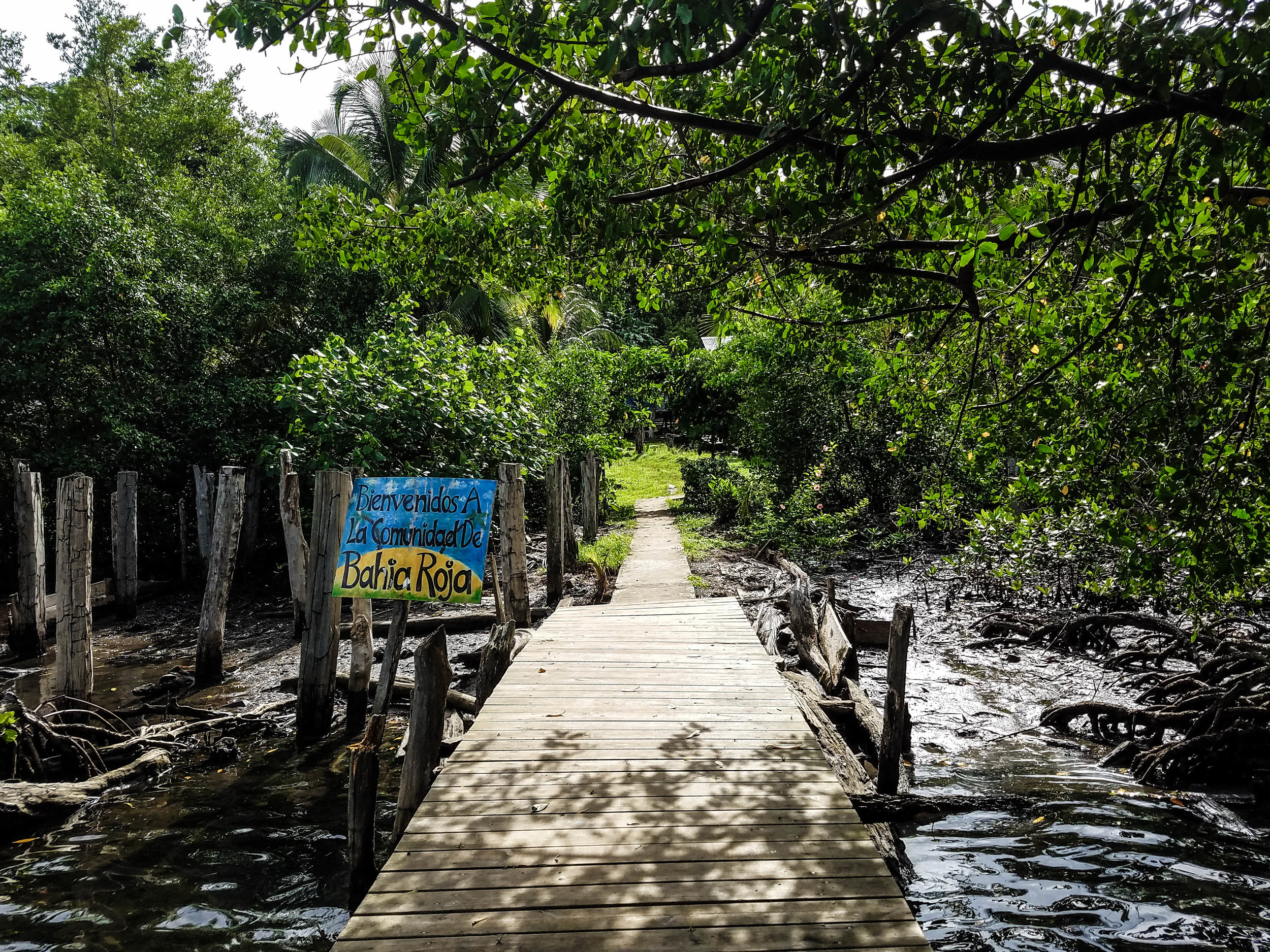26-year-old engineering management student Renee Blair knows a few things about decision making. When she opted to embark on a volunteering trip to the archipelago of Bocas del Toro, she knew she would be in for a treat. Renee's days were spent surfing on the coastal Caribbean waters, eating copious amounts of patacones and befriending local Panamanian kids.
Introduce yourself!
Renee Blair here, a 26-year-old professional student, currently pursuing a degree in Engineering Management. I was born and raised in Jamaica but have been living in New York for the past 12 years. As cliche as it sounds, travel allows me to learn more about myself through my interactions and explorations; it is the best form of education, especially when I do it alone.
How does photography influence the way you travel and see the world around you?
I have developed a bit of a love-hate relationship with capturing the world as I see it. I find that trying to get the perfect picture takes away from me being in that moment fully, but I also want to document my journey so my future self can relive those moments. So to prevent from living my travels through the lens, I try to capture things that evoke a special feeling in that instant after I've let it all sink in, so when I do look back, those feelings will resurface making the picture even more special.
What sparked your interest to travel to Panama? Which region(s) did you visit?
A year ago, a friend of a family member posted pictures of her time volunteering with Give&Surf and I was immediately sold. I get to hang out with some adorable kids and learn how to surf? Sign me up! At first I was more interested in the organization and how I could be of help than I was about exploring the country. Now after my visit to both Bocas del Toro and Panama City, I am a lot more interested to see what Panama has to offer.
Many people who quit their jobs and choose to travel afterwards opt for relaxing and rejuvenating trips that won’t require much physical exertion. Why did you choose to spend your time volunteering?
I signed up to do the volunteering trip before I decided to quit my job but I really needed a change of pace and scenery so it was still therapeutic. Plus, I knew I had at least three weeks of rest and relaxation to look forward to when I returned.
What has been your favorite approach to photography while in Bocas Del Toro? Did you generally strike up a conversation with your subjects or just candidly capture the moment?
With my subjects being mostly the kids from the schools, my approach was to candidly capture each moment. It did not bother them at all to have their pictures taken. It was exciting for them to see themselves on camera. Because they were all little balls of energy and personality, I preferred to capture them in the rare moments of tranquility.
How did you plan for your trip? Did you find it more difficult to plan for this trip since you were traveling on your own?
This was maybe the least amount of planning I have done for a trip thus far, which made it the easiest. The only real effort that I made was for the accommodations for my layover between Panama City and Bocas del Toro. I made sure to secure a room via Airbnb that had all the amenities that I would need for two weeks. I also collected donations of school supplies from my co-workers to take to the children before I left. Aside from that, I just paid for the volunteer program and my flight. I showed up with a backpack, with everything I would need, ready for anything.
Did you have any expectations or preconceived notions about the culture you would be exposed to? How did they differ from the way the culture actually was?
I didn't have any preconceived notions of the culture that I was exposed to per se, but I was taken aback by the heavy influence of the Jamaican culture, specifically on the island of Bastimetos. It was apparent through their way of cooking, the large Rastafarian community, and their dialect, guari-guari, which is a dialect of Jamaican patois. I would walk down the streets of Old Bank and hear the latest Reggae/Dancehall blaring from every other house. I felt very much at home.
How did this solo adventure differ from trips you’ve taken in the past? What surprised you most about your experience?
This trip felt like less of a solo adventure compared to the other trips I’ve taken. I think it was mostly because of my accommodations. With my other travel experiences, I felt more like a tourist, in the pursuit to see everything I researched about the country. This time around it felt like I was home. I would get up every morning to go to “work” with my roommates and end my days hanging out on the boat while the guys spearfished; having no care in the world and not feeling pressured to see and do everything. I was a less anxious Renee.
What were some of your experiences?
Bocas del Toro has a large surfing population, most of whom are expats, so I had encounters with people from different parts of the world. They were all friendly and welcoming despite the language barrier. The native Panamanians were all very helpful and accommodating. They would try their best to make sure I had the best experience in their country.
Culturally, the experience was very much similar to how I grew up, which made it even more special for me. It was very laid-back and community oriented. I enjoyed every bit of everything I ate. Sucking on duros to quench my thirst during the day and having plantains, or patacones as they call it, with every meal. My favorite thing was the locally made hot sauce that was present in every restaurant we dined at. It was so good that I brought a bottle home.
What recommendations can you share for future travelers also interested in exploring Bocas Del Toro and other areas in Panama?
When in Bocas del Toro: Go on Milton's Bat Cave Tour, hike to Polo Beach and hang out with Polo. Visit Cayo Zapatilla, do Wing Wednesday at Bocas Brewery for live music, beer and of course, wings. Go surfing, make sure to have a Duro, or two. Don't miss out on Friday Night BBQ on Isla Bastimentos at the Alive Jungle Bar. Walk the path around Isla Carenera and enjoy the views at BiBi’s on the Beach .
When in Panama City: Get lost in Casco Viero, catch the view of the sunset from the rooftop bar of the Tantalo, try the Clay Pot Pork Corn Tamale, also at Tantalo. Explore the craft markets and visit the Panama Canal (unfortunately I didn't get the chance to do so).
What would you like people to know about your experience in Panama that differs from the narrative that is usually shared in mainstream culture?
I think people should be aware of the living conditions of the indigenous people of Panama, specifically the Ngobe-Bugle tribe of the Bocas del Toro Islands. Most are living in extreme poverty. They have very little access to basic necessities, education, and medication because of their location. This results in low literacy rates, unemployment and health issues. To make matters worse, the blatant disregard of their land by the tourism sector is putting the culture and livelihood of the communities at risk, not to mention the killing of some animal species. Living among them for the very short time that I did really made me more aware of how important it is to do my part to preserve the culture of every country that I visit.
How can travelers contribute to Panama while visiting?
Travelers can contribute by supporting the local vendors and artists: buying from the craft markets and boutique shops, visiting schools and community centers where they can donate money, clothes, supplies and/or their time. Visitors can also contribute by eating like a local to get a more authentic culinary experience while supporting their small businesses.
Travel has a tendency to look very glamorous, though that is not always the case. What types of challenges did you face during your solo trip and how did you overcome them?
On this particular trip I wasn't really faced with any major challenges, aside from being eaten alive by dragon-sized mosquitoes daily.
Of all the images you captured during your trip, which would you say is your favorite? Why?
My favorite picture is of the little girl by the door. That little lady is Mileidy (me-lady). This picture was particularly difficult to capture because less than two weeks prior to when it was taken, I didn't think I would get the chance to exchange a smile with her much less friendly silly faces.
Our first encounter involved her crying bloody murder for what felt like an hour while on a boat ride. The cause of her tears? I was trying to prevent her from falling off. From the scorned look on her face, she obviously wasn't my fan and I accepted it.
A few days later, I brought in a pair of shoes to try on all the girls in the class. Mileidy was the last person, after much hesitation, to try them on and they fit her perfectly. That's when I got a smile from her for the first time. As the days went on, she would get a little bit more fond of me, allowing me to help her with her work and we would sit and flip through books during reading time. On my last day, when this picture was taken, she liked me enough to make silly faces. If this is not a Cinderella story, I don't know what is. There is no doubt that if I were there longer, we would become the best of friends.
What’s next for you? Do you have any final words of advice?
I will be taking my adventures to Nanjing, China where I will be studying for the next four months. I plan on using the time I have here to explore other cities as well. My advice is as Lee Ann Womack said, “When you get the choice to sit it out or dance. I hope you dance”. That is both literally and figuratively. If you are presented with a meaningful opportunity, whether it be in travel or everyday life, take it and make the absolutely best of it; and dance.
To keep up with more of her travels follow Renee along on her travels @ren.rover on Instagram.
Images Courtesy of Renee Blair


